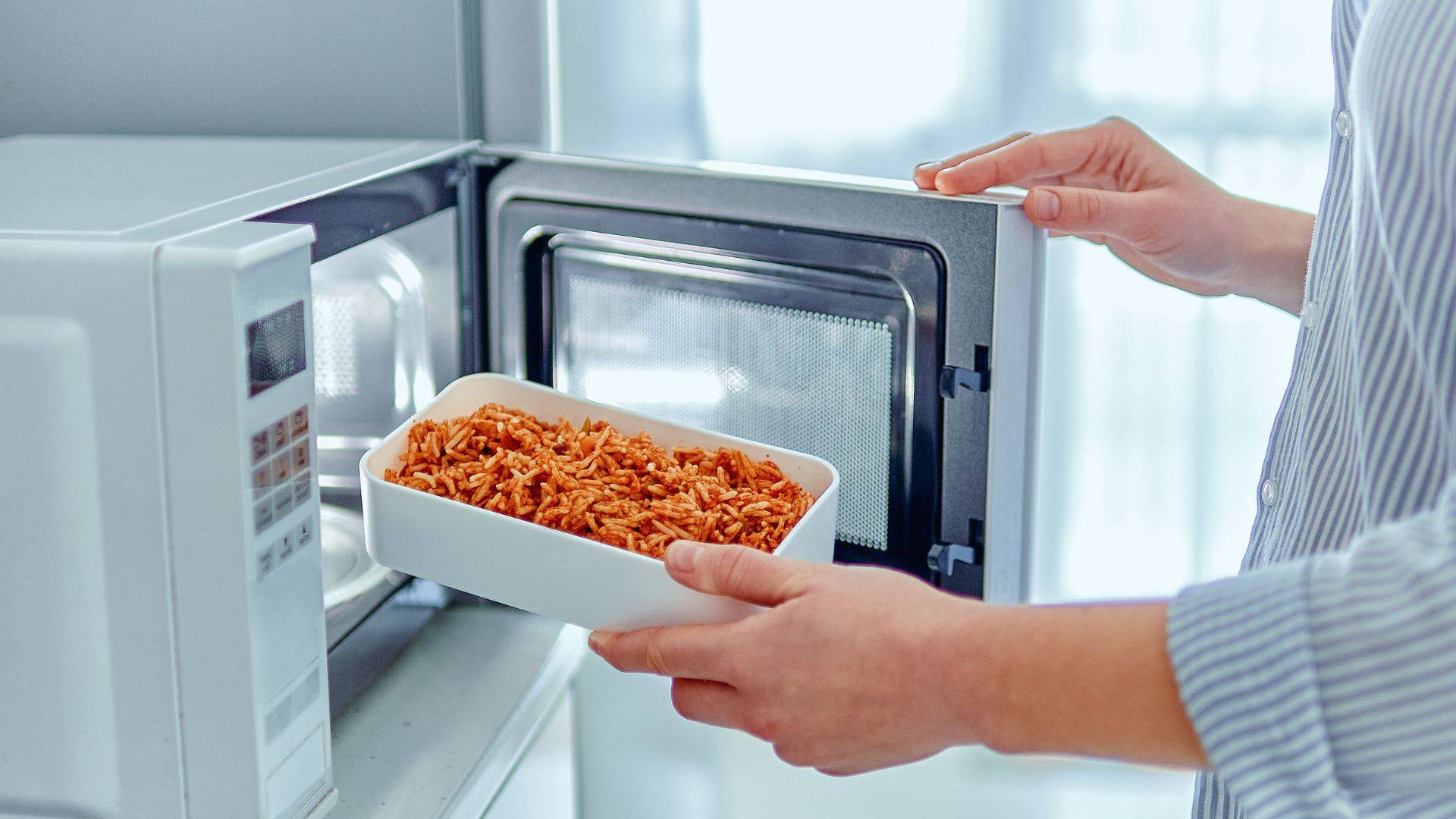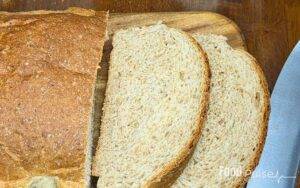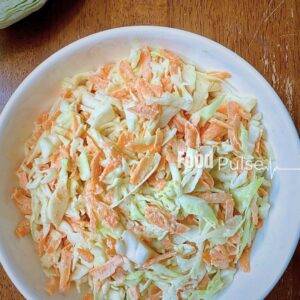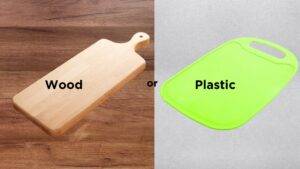You can microwave food in plastic containers and you likely know it’s not safe. But why? In this article, you’ll get to know the reason and what you can do even if you still prefer to use plastic bowl for microwaving, or you find yourself in a situation where that’s the only choice you’ve got.
Here’s a fact. A study in the UK says about 70% of food and drink items contain plastic in the packaging. And similar was observed for other countries.
The point is, plastics have become so abundant, easy to get and sipped deep into every aspect, but most especially in food case.
But why is it not ok to microwave food in plastics?
Let’s do a tiny bit of science here, nothing to be scared of. You know, plastics expand and can soften or even melt when you heat them.
The specific temperature depends on the type of plastic, its chemical structure, any additives added, and how it was made by the manufacturer.
When the heat is high enough (which you mostly wouldn’t know exactly at home), the chemicals in the plastic break down and become lose. Mostly, these chemicals are harmful to human health.
They can cause hormonal imbalance, negatively affect reproduction. If exposed to these chemicals for long, they can cause cancer. There’s more on the health issues here
Here’s a quick note on endocrine disruption before we move on.
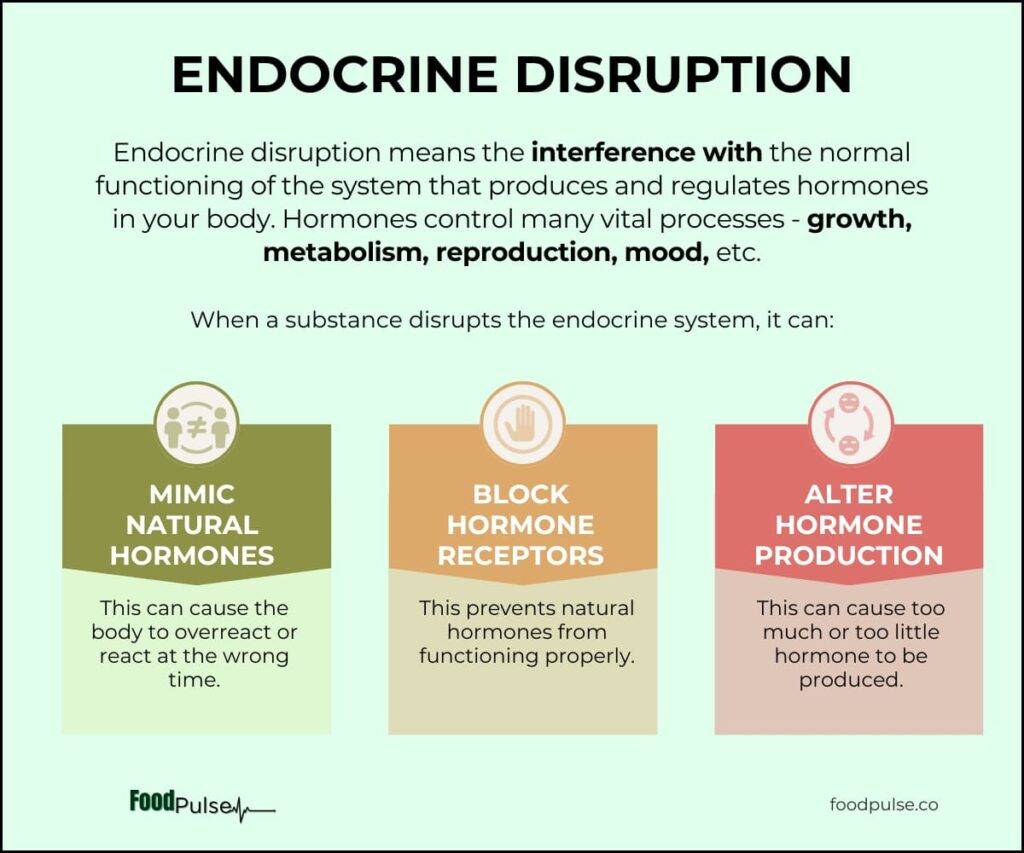
This endocrine disruptions can lead to:
- developmental problems
- reproductive disorders
- metabolic issues
- certain cancers
- mood swings
Which chemicals leach when you microwave food in plastics?
Plastics are generally made of monomers (single blocks), plasticizers (added to make it flexible), stabilizers, and other additives. And these can easily move into food once the food is in the plastic container.
Here are some examples of these chemicals:
- BPA
- Phthalates
- Organotins
- Lead and cadmium
- Brominated flame retardants
BPA (Bisphenol A)
BPA (Bisphenol A) is used in polycarbonate plastics, which are found in various products like food bowls and drink containers. Not every single kind of plastic contains BPA but it’s pretty much in many many plastic packaging and products.
Potential health concerns of BPA
- BPA exposure can result in decreased fertility in both men and women, early puberty in girls, and altered development of reproductive organs.
- It can increase the risk of obesity, diabetes, hyperglycemia, body measurements, cardiovascular disease (CVD) and hypertension.
- Some research states that BPA exposure may affect brain development and behaviour, particularly in children.
- It can also interfere with the endocrine androgen and thyroid hormone system’s function. It can mess up with hormones that control growth, metabolism, and reproductive health leading to disorders in these areas.
Phthalates
Phthalates are a type of plasticizers. And plasticizers are chemicals added to plastics to make them flexible and sometimes transparent. They’re lipophilic, meaning they “love” fats & oils and can bind to them. This means heating oily foods in plastic bowls can lead to leaching of more phthalates into the food.
Examples of phthalates are benzyl butyl phthalate (BBP), dibutyl phthalate (DBP), bis-(2-ethylhexyl) phthalate (DEHP) and di-n-octyl phthalate (DOP).
Potential health concerns of phthalates
Phthalates disrupt the endocrine system and have been connected to:
- reproductive tract disorders such as reduced sperm motility.
- some liver and kidneys disorders.
- changes the age of puberty.
- improper development of the fetus in a few cases of pregnancy.
Other plasticizers and additives
Organotins: they’re stabilizers particularly in producing polyvinyl chloride (PVC). They’re supposed to prevent the PVC from breaking down under heat and light. But when the heat is high enough, they break free and leach. If in contact with food, you know what that means. Some are endocrine disruptors.
Brominated flame retardants (BFR): they’re chemicals added to plastics to reduce flammability. Meaning they prevent plastics from catching fire. BFRs may have negative effects on the nervous system, reproductive system, the hormonal system and even cause some types of cancer.
Lead and cadmium: these heavy metals are in some plastics and they can leach out if the plastic is reused over a long period. Lead and cadmium contamination can cause several health issues including developmental delays and disorders in the nervous system.
What makes these chemicals to leach more?
The type of plastic: plastics have different chemical makeup and form. And this affects their stability and the possibility of leaching. Some plastics leach more easily than others. For example those containing BPA or phthalates are more likely to release into food during microwaving.
The type of food: fatty, oily or greasy foods usually absorb more chemicals from plastic than non-fatty foods. This is because many plastic additives “love” fats, so they can easily bind to the fats which is essentially the food to be eaten.
High temperatures: heat increases the breakdown and movement of the chemicals within plastic. This makes it easier for the chemicals to leach out. This is why microwaving food in plastic containers is generally discouraged, as the high temperatures greatly increases the leaching.
Scratches and damage to the plastic: scratches, cracks, washing, using over long periods and other damage to the plastic surface can create more space for the harmful chemicals to leach out. These imperfections can also weaken the plastic structure, making it easier for microplastics to release into the food. A study actually showed found that people could be “eating” 195,000 pieces of microplastic a year by just using some ‘everyday’ plastic containers for food and drinks.
Therefore, it’s essential to choose appropriate food containers and avoid using damaged or inappropriate plastics for heating your food in microwave and even for food storing certain cooked foods.
Are there any plastic types safe for microwaving food?
Generally, if you see “microwave safe” on a plastic bowl, it means the container is designed to retain its structure and is difficult to melt even at higher temperatures. Note that, this doesn’t necessarily mean the harmful stuff won’t leach into the food; it only means the bowl won’t melt. Wording of manufacturers are key (though sometimes not clear).
If you prefer to microwave your food in a plastic bowl, here are 5 tips for you:
- Look for “microwave-safe” indicators with wavy lines and carefully read the instructions on the package before using.
- Avoid containers highlighting symbols such as a crossed-out wine glass or a triangle with an exclamation mark; these may contain toxic compounds and so should not be microwaved.
- Generally, Polypropylene (#5) and High-Density Polyethylene (#2) are considered safer for microwaving than other types. But still look for the microwave-safe symbol before use.
- Even with “safer” plastics, high heat, prolonged microwaving and contact with fatty foods can increase the risk of chemical leaching.
- Avoid plastics with codes #1, #3, #4, #6, and #7 for microwave heating.
What are safer alternatives to plastics for microwaving food
Glass
- It’s generally safe for heating food in the microwave and even for storage. It is inert, which means it does not react with food or release chemicals when heated.
- It’s able to tolerate high temperatures without melting or distorting. It is also resistant to scratches and stains, which can contain bacteria.
- It’s not porous, so it won’t absorb food odours or flavours. This allows for easy cleaning and prevents contamination.
Ceramic
- Many ceramic dishes are microwave-safe and can be used for heating food. But check for a microwave-safe label on it. It should also not contain any metallic decorations, which can cause arcing (visible spark) in the microwave.
- Some ceramics may contain lead and arsenic. These are harmful compounds. So for your food use cases, check for lead-free, microwave-safe or other safety info on them.
Certain types of silicone
High-quality, food-grade silicone is considered microwave-safe. However, check the product label to ensure it’s specifically designed for microwave use.
Microwaving food in plastic containers comes with many unseeable risks. If there’s any key takeaway from this, it’s that glass is by far the safest container material in which you can microwave your food. If this is not feasible for you, then do well to follow safe use guidelines manufacturers provide on the container for usage in microwaves.
Here’s a brief practical guide for you if you’re looking to make some switches with plastics in the kitchenware

